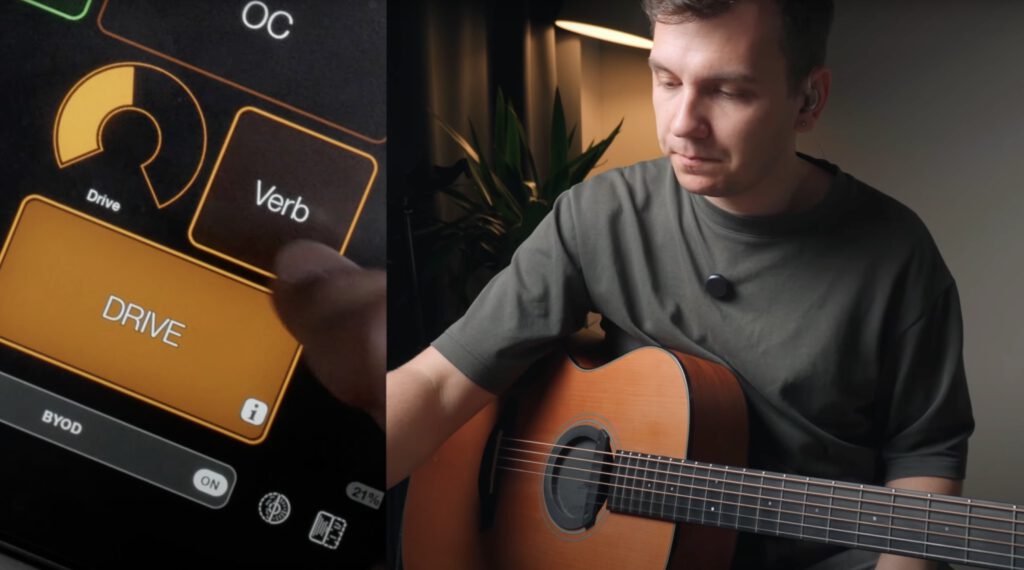Depending on your tonal and effects needs, it might be worth considering modern options beyond traditional gear—namely smartphones, iPads, or laptops. A few years ago, the initial hype around iPads in the guitar and music production world led to a wave of experimentation, followed by widespread frustration. Many players were left with underwhelming apps, unreliable setups, and gear that simply didn’t live up to expectations. For a long time, building an iPad-based rig that was truly usable, reliable, and sonically convincing—for playing, recording, or even performing live—remained a challenge.
But that landscape has changed dramatically.
Over the past decade, iPad-based guitar apps and plugins have undergone a remarkable transformation, evolving from basic practice tools into powerful, reliable platforms capable of replacing traditional pedalboards and amp rigs. What once began as a novelty has matured into a serious solution for guitarists, offering both portability and professional-grade sound quality.
One of the most significant advancements lies in the quality and realism of amp modeling and effects processing. Companies like Positive Grid (BIAS FX), Neural DSP, and Line 6 (Helix Native/Cloud integration) have leveraged the increasing processing power of iPads to deliver plugins that rival dedicated hardware units. These apps provide detailed amp simulations, responsive dynamics, and studio-grade effects—all running in real-time with minimal latency, which is critical for both recording and live performance.
Equally important is the integration with audio interfaces and MIDI controllers, which has improved dramatically. Interfaces from companies like iRig, Audient, and Focusrite now offer plug-and-play compatibility with iPads, delivering high-fidelity input and output with little setup. Paired with MIDI foot controllers, guitarists can switch patches, control parameters, and trigger loops without ever touching the screen, making the iPad a true live performance rig.
The ecosystem has also expanded to support multi-track recording, re-amping, and full DAW workflows directly on the iPad. Apps like GarageBand, Cubasis, and Auria offer seamless integration with guitar plugins, enabling professional-quality recording sessions anywhere. The touch interface adds a creative edge, allowing for fast adjustments and an intuitive workflow that many guitarists find inspiring.
In sum, iPad-based guitar setups have reached a level of maturity that makes them not just a convenient option, but a legitimate alternative to traditional gear. They are lightweight, cost-effective, and incredibly versatile—ideal for rehearsals, studio work, and even the demands of live performance. With continued advancements in iOS hardware and software, the gap between mobile and traditional rigs is closing fast, and for many guitarists, it’s already gone.
You may also like
-
Her name is LUCA
-
Fiedler Audio Breaks New Ground in Immersive Audio Production and Mastering
-
KEMPER PROFILER MK 2, more FX, announcing new Profiling
-
Kemper Profiler Player (with Level 3 Upgrade) – Full Review
-
Review: iPad Air 4 Guitar Rig – IK Multimedia iRig HD X & Nembrini Audio Live Rig with MP1 Amp
